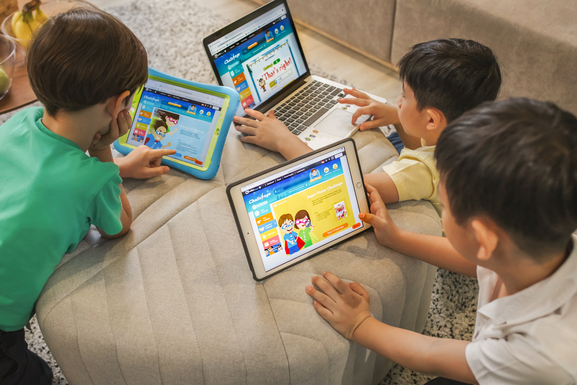Most people have heard of differences in learning styles, such as “visual learners” or “those who learn by doing.” These learning styles have a larger impact on your child’s revision than you may realize. Once you figure out your child’s learning style, you can look at ways to help children study better that fits into that style. This allows you to play to your child’s strengths and set him or her up for success.
Helping your child study is essential since you do not want them to be one of the 617 million children or adolescents around the world who do not meet minimum maths or reading proficiency.

“I don’t knows” or blanks
This learning style is commonly referred to as “the blank,” and it applies to children who tend to say “I don’t know” when posed a question. This is commonly misinterpreted as a lack of interest or lack of knowledge.
In reality, the “I don’t know” is simply because the child does not see an incentive to answer correctly. Maybe the reward is not enough. More commonly, the issue with these “I don’t know” learners is that they are bored. In this case, the phrase is the response your child learned for helplessness.
How to help
If your child is blank or says “I don’t know” a lot, then one of the best ways to help children study is to make learning more interesting. Get creative and use objects or the various senses to help teach. An example would be using alphabet pasta for spelling or toys for counting. You can also use your child’s senses as a reward for progress, such as playing outside for five minutes after a few right answers.
Lost milestoners
The term “lost milestoners” refers to those children who missed out on important milestones during their mental, communication, or physical development. For example, crawling helps the left and right brain communicate with other areas of the body. Without having crawled, the body may not be able to properly communicate with your child’s brain and learn new information.
How to help
If this sounds familiar, then talk to your child’s school coordinator for learning support and have a diagnostic assessment done. It is crucial to get your child on track in his or her early years. Hands-on learning combined with outdoor playtime can make up for skipped milestones.
Movers and shakers
Movers and shakers are those children who move around or fidget as they learn. These children need some element of movement to pay attention to their learning and study. Their movements may seem distracting to some, but this is their way of relating to their surroundings.
How to help
If this describes your child, then give your child something to play or fidget with as he or she learns. It can be an official fidget toy, but it does not even have to be that complicated. You can just put a toy nearby and let the child fidget with it or put some sandpaper underneath the table for fidgeting. Allow your mover and shaker child to walk around while learning, as long as he or she stays within a set space and does not become distracted.
Slow and steady thinkers
Some children may mishear sounds, which can lead to delays in language development. Remember that by 2 to 3 years old, most children can speak sentences that are four to five words. Visual learners can typically hide this in their earliest years by memorisation. Some signs at older levels include not being able to copy accurately or skipping a row when writing.
This problem may occur if your child had too much pressure to read and write from too young of an age when he or she still needed to work on verbal expression.
How to help
Out of all the ways to help children study, the best solution for this type of learner is to just be patient and seek help when needed. Professionals can help your child overcome these delays.
Want-to learners
Want-to learners are those who do not answer your questions right away, even if you ask twice. The problem for some children is that this is essentially asking them to think even harder when they are already trying to come up with an answer.
There are numerous reasons your child may not be answering. Maybe your child is bored, has a different learning style, or needs extra time to digest the information and question.
How to help
When you notice your child fits into this category, think outside of the box and try teaching the same concept in a different way. For example, if your child is not doing well learning from a book at the table, consider using flashcards in another part of the house.
Tags: tips